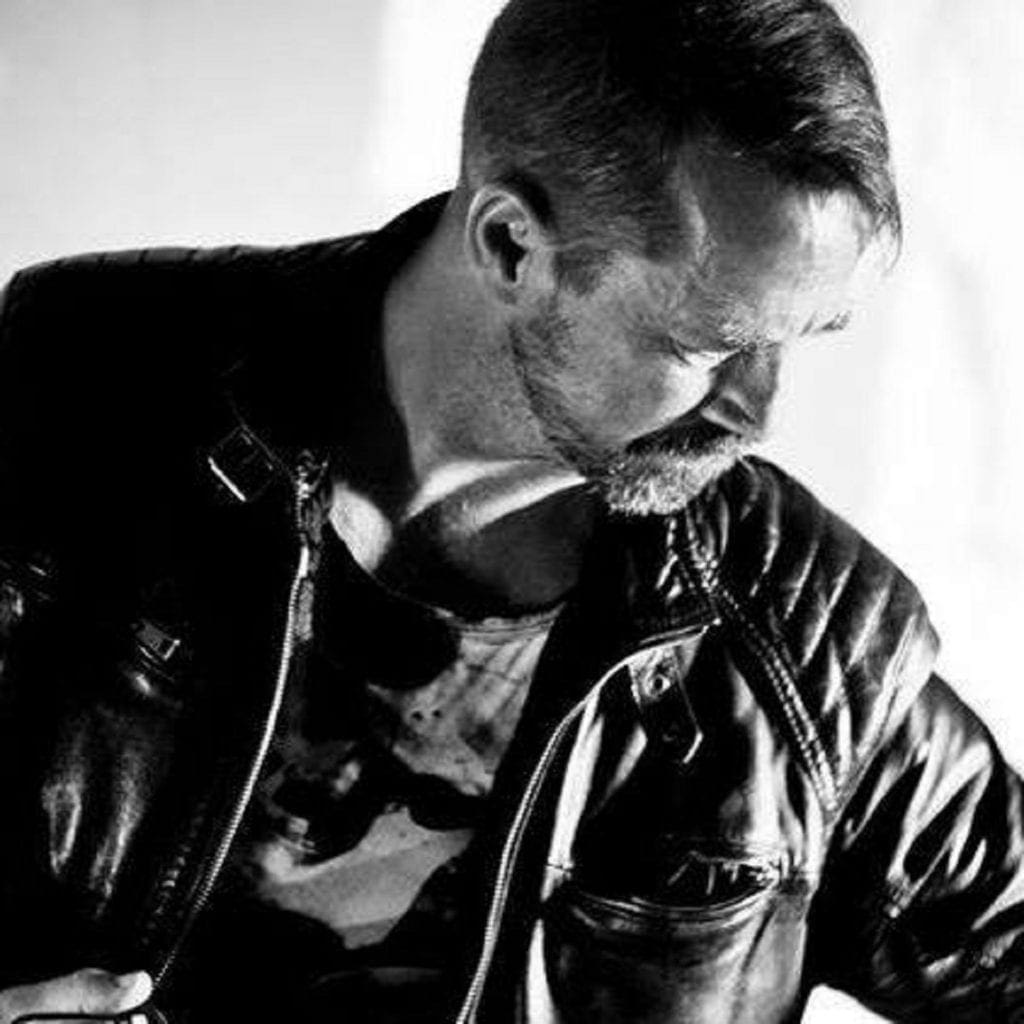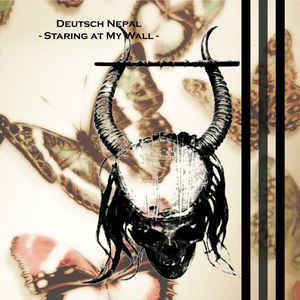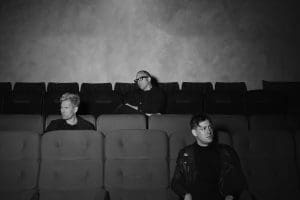‘Click Interview’ with Deutsch Nepal: ‘I Always Wanted To Create The Music That Wasn’t Yet Around’


Peter Andersson, better known under his nickname ‘Lina Baby Doll’, once started as member of the Swedish industrial project Njurmännen. He later on (1991) set up his own solo-project Deutsch Nepal. The name of the project was inspired by the song of the same name originally written by the psychedelic rock formation Amon Düül II. Defining the sound of Deutsch Nepal is nearly impossible; the sound being the fusion between multiple elements. The common element between his latest productions is the old-styled industrial input, which has been mixed with overwhelming dark-ambient atmospheres and the charismatic vocals of the artist. The album “Staring At My Wall” released on the artist’s own label, Entarte Musikk, is a kind of sonic voyage throughout dark sonic fields.
(Credits picture: Henrik Stolt / Interview courtesy by Inferno Sound Diaries)
Q: You’ve released an impressive number of productions with very different projects so what means the new Deutsch Nepal-album to you and what makes “Staring At My Wall” maybe different from previous works?
LINA: My aim is that every album I release should have a personal character. I don’t like to reproduce the same album again and again. A new Deutsch Nepal production often is a result or a documentation of the musical development that happened over the last 5 years in my studio while other projects I take part in, happen in a shorter time span and therefore might be more focused and have less ingredients. Also my participation and the way other people work might differ a lot from project to project and co-operations; also the personality and the chemistry between people will have an impact.
Q: As a listener you just hear the result of a process, which for the musician features aspects such as research, collecting sounds & noises, sound creation, song writing, production of the vocals, mixing, mastering, artwork, promotion etc. Tell us a bit more about these different stages and what have been the main difficulties in the release of this new album?
LINA: The main problem for me is to take the decision to finish as the album is created in the process I could go on working on small details in eternity. It is a well-known fact for musicians that you often ‘divorce’ from your album when it is finished and in production. Promotional wise it may be a catastrophe to do this, but the sounds and structures of the tracks get kind of ‘worn out’ after thousands of listening hours passed while producing the music. When delivered from the pressing plant and published on the net one just have to pick up the pieces and recreate the relationship to present it to your audience.
Q: What is “Staring At My Wall” all about and what did you try to express lyrical- and sound-wise?
LINA: “Staring At My Wall” circles around life and the hard turns it takes sometimes which could be an adventurous sign of progress and a result of development while in other situations it might scare you into a state of apathy doing nothing, one may just sit down waiting for the next catastrophe staring at the wall.
Q: I always have experienced Deutsch Nepal as a sonic labyrinth; I mean it rather feels as the fusion between different influences –often related to industrial- and ambient music instead of a band with a clear and distinguishable music style! How do you perceive the new?
LINA: I always wanted to create the music that wasn’t yet around. I never wanted to make music labeled ‘dark-industrial’ or ‘ambient music’; it just happened to be that way in that spot of time that I made the esthetic decision about the music. I’ve been always very open-minded to different styles of music with different cultural background and I guess that influenced the sound of the music I make.
Q: I think the production of the vocals definitely became one of the main evolutions/changes in your work during the past few years. How do you analyze the evolution of the vocals over the years?
LINA: Initially vocals was something I added when performing live… I guess I just was bored with the pretty introvert experience of mixing sounds and music in front of a half asleep audience. Vocals and singing get you in contact with the crowd and it’s a highly effective tool for further expression of your art. Later on the vocals got stuck on the tracks and I decided to work more with the vocals also in the studio. Today the vocals and lyrics both are what takes me most of the time in studio.
Q: Time is something subjective, but how do you see the future for Deutsch Nepal? Do you’ve further goals, ambitions and/or new projects in mind?
LINA: After I released an album I get depressed and thinking it will have to come to an end; just stopping with doing Deutsch Nepal and doing everything I could ever imagine musically. I close the door of the studio and never go back there again. But some weeks later I find myself making sketches of new projects… contacting people for co-operations… singing new songs and processing new sounds in my computers -it’s like a curse, a never ending story… for the moment I’m building a new studio with more space and better comfort… just some weeks ago I wanted to clean sweep the studio from music equipment and make it a bordello or a bar… Life goes on and for me life equals music. There is more to come in the future.
Since you’re here …
… we have a small favour to ask. More people are reading Side-Line Magazine than ever but advertising revenues across the media are falling fast. Unlike many news organisations, we haven’t put up a paywall – we want to keep our journalism as open as we can - and we refuse to add annoying advertising. So you can see why we need to ask for your help.
Side-Line’s independent journalism takes a lot of time, money and hard work to produce. But we do it because we want to push the artists we like and who are equally fighting to survive.
If everyone who reads our reporting, who likes it, helps fund it, our future would be much more secure. For as little as 5 US$, you can support Side-Line Magazine – and it only takes a minute. Thank you.
The donations are safely powered by Paypal.









